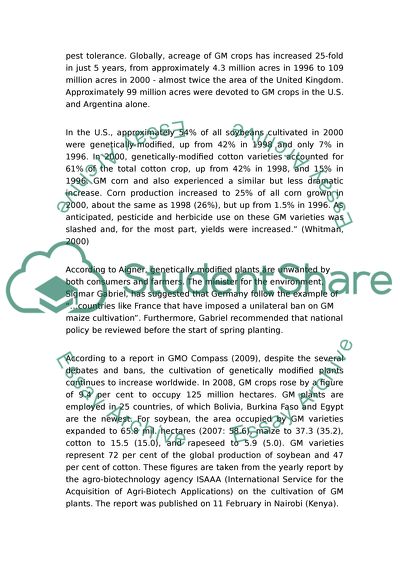Cite this document
(“GM foods-where do we cross the line Discuss Essay”, n.d.)
GM foods-where do we cross the line Discuss Essay. Retrieved from https://studentshare.org/science/1524591-gm-foods-where-do-we-cross-the-line-discuss
GM foods-where do we cross the line Discuss Essay. Retrieved from https://studentshare.org/science/1524591-gm-foods-where-do-we-cross-the-line-discuss
(GM Foods-Where Do We Cross the Line Discuss Essay)
GM Foods-Where Do We Cross the Line Discuss Essay. https://studentshare.org/science/1524591-gm-foods-where-do-we-cross-the-line-discuss.
GM Foods-Where Do We Cross the Line Discuss Essay. https://studentshare.org/science/1524591-gm-foods-where-do-we-cross-the-line-discuss.
“GM Foods-Where Do We Cross the Line Discuss Essay”, n.d. https://studentshare.org/science/1524591-gm-foods-where-do-we-cross-the-line-discuss.


